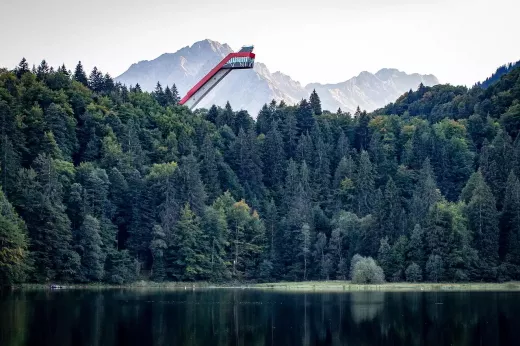The early days of skiing in the Olympics
Skiing first appeared in the Winter Olympics in 1924, held in Chamonix, France. The only skiing event in the first Winter Olympics was Nordic skiing, which included a combination of cross-country skiing, ski jumping, and Nordic combined. The Nordic combined event was a combination of cross-country skiing and ski jumping.
The first gold medal in Nordic skiing was awarded to Thorleif Haug of Norway, who won all three Nordic skiing events. The early years of skiing in the Olympics were dominated by Nordic skiing, with alpine skiing events not introduced until much later. It wasn't until the 1936 Winter Olympics in Garmisch-Partenkirchen, Germany, that alpine skiing was introduced as an Olympic sport.
Olympics: An Animated History of Freestyle Skiing
Skiing's evolution in the Winter Olympics
After the introduction of alpine skiing in the Winter Olympics, skiing quickly became one of the most popular sports in the event. Alpine skiing events include downhill, slalom, giant slalom, super-G, and combined. Over the years, skiing has evolved, with new events and disciplines being added to the Winter Olympics.
Skiing has become a major part of the Winter Olympics, with many countries investing heavily in the sport. Skiing has also become more competitive, with athletes pushing the boundaries of what is possible on the slopes. As skiing has evolved, so too has the technology used in the sport.
The impact of technology on skiing in the Winter Olympics
Technology has played a significant role in the evolution of skiing in the Winter Olympics. Advances in equipment and materials have allowed skiers to ski faster and more safely than ever before. Skis have become shorter and wider, making them easier to maneuver and increasing the speed at which skiers can travel.
The development of artificial snow has also had a significant impact on skiing in the Winter Olympics. Artificial snow allows ski resorts to create snow in warm temperatures, allowing for skiing and snowboarding to take place year-round. This has led to an increase in the popularity of skiing and snowboarding, with more people taking up the sport.
Memorable moments in skiing at the Winter Olympics
Over the years, there have been many memorable moments in skiing at the Winter Olympics. One of the most memorable moments was when Jean-Claude Killy of France won all three alpine skiing events at the 1968 Winter Olympics in Grenoble, France. Another memorable moment was when Vreni Schneider of Switzerland won three gold medals in alpine skiing at the 1988 Winter Olympics in Calgary, Canada.
One of the most tragic moments in skiing at the Winter Olympics was the 1976 Winter Olympics in Innsbruck, Austria. During the men's downhill race, Austrian skier Franz Klammer crashed and died. The accident shocked the skiing world and led to an increased focus on safety in the sport.
The rise of skiing as the crown jewel of the Winter Olympics
Skiing has become the crown jewel of the Winter Olympics, drawing the largest crowds and capturing the most medals. The popularity of skiing has grown significantly over the years, with more and more people taking up the sport. This has led to an increase in the number of athletes competing in skiing events at the Winter Olympics.
Skiing has also become a major part of the Winter Olympics from an economic perspective. The Winter Olympics provides a significant boost to the local economy of the host city and country. Ski resorts benefit from the increased exposure, with many people visiting the resorts after the Winter Olympics to ski and snowboard.
Skiing's future in the Winter Olympics
Skiing is set to remain a major part of the Winter Olympics for years to come. However, the sport will continue to evolve, with new events and disciplines being added to the Winter Olympics. The development of technology will also play a significant role in the future of skiing in the Winter Olympics, with advances in equipment and materials allowing skiers to push the boundaries of what is possible.
Behind the Scenes - How skiing is prepared for the Winter Olympics
Preparing for the Winter Olympics is a massive undertaking, requiring years of planning and preparation. Skiing events require a significant amount of infrastructure, including ski slopes, ski lifts, and snowmaking equipment. The host city and country must also ensure that there are adequate facilities for athletes and spectators, including hotels, restaurants, and transportation.
The International Olympic Committee (IOC) works closely with the host city and country to ensure that everything is in place for the Winter Olympics. The IOC provides guidelines for the construction of ski slopes and other infrastructure, ensuring that everything is built to the highest standards of safety and quality.
Skiing's impact on the host city and country
The Winter Olympics has a significant impact on the host city and country, with skiing events playing a major role in this impact. Ski resorts benefit from the increased exposure, with many people visiting the resorts after the Winter Olympics to ski and snowboard. The host city and country also benefit from increased tourism, with many people visiting the area to see the Winter Olympics and experience the local culture.
Overall, skiing has become the crown jewel of the Winter Olympics, drawing the largest crowds and capturing the most medals. The journey of skiing as an Olympic sport is a fascinating one, spanning over a century and involving countless stories of triumph and tragedy. As skiing continues to evolve, it will remain a major part of the Winter Olympics for years to come.
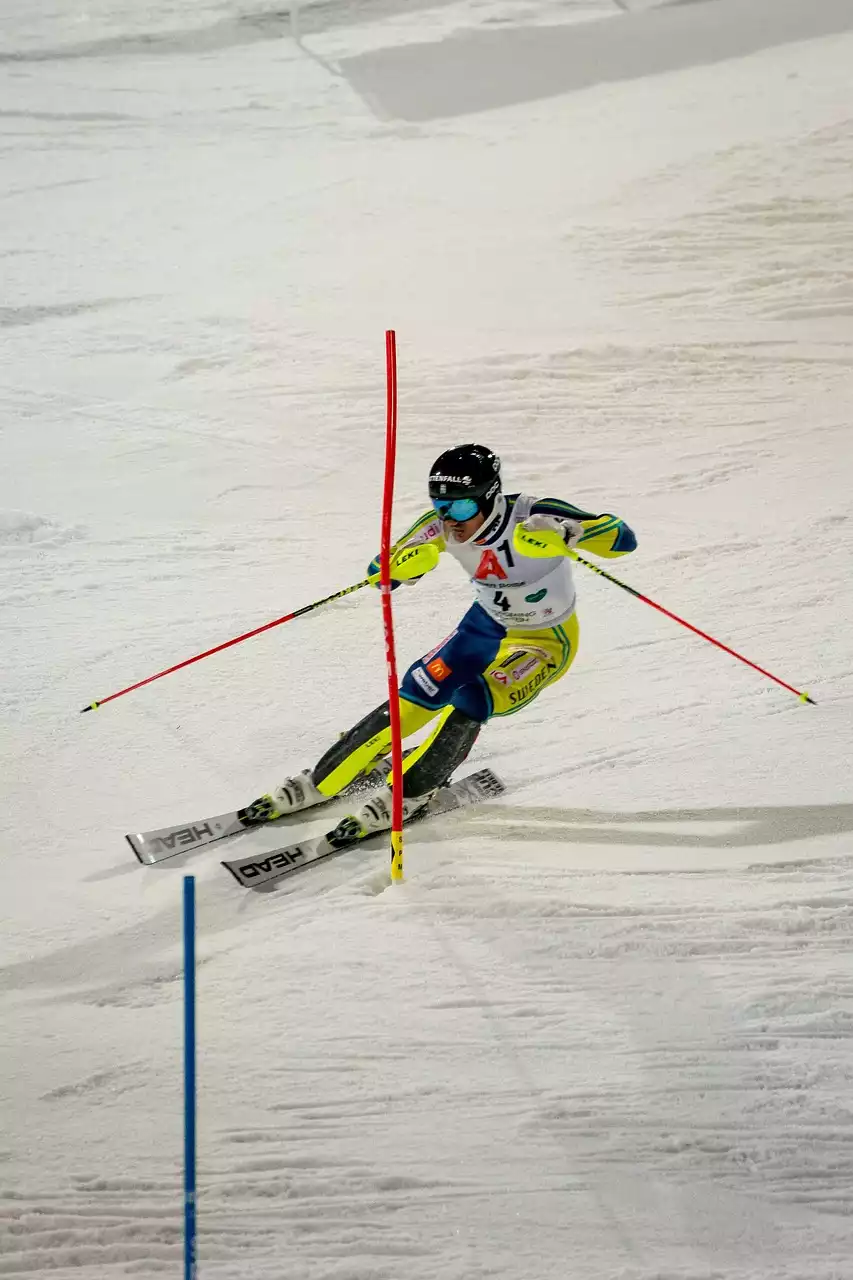
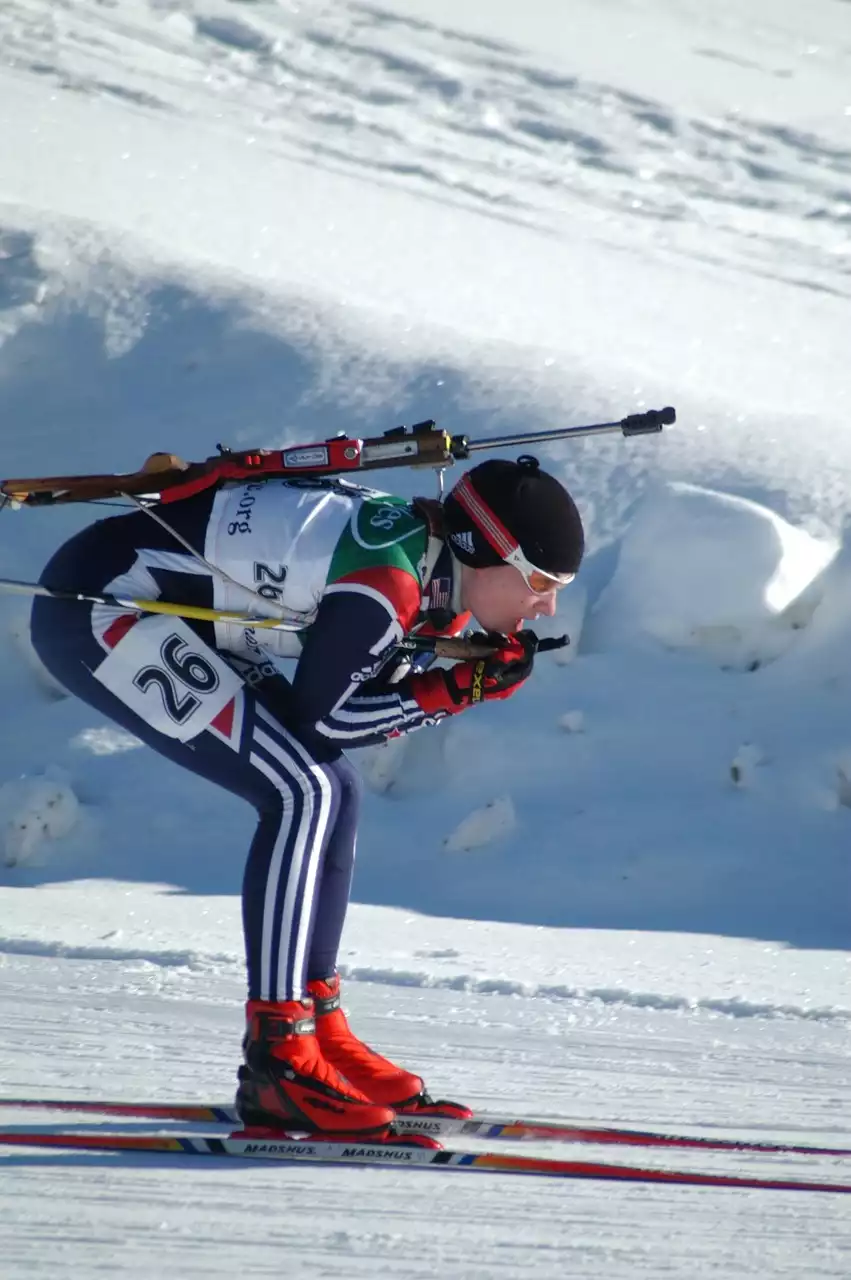
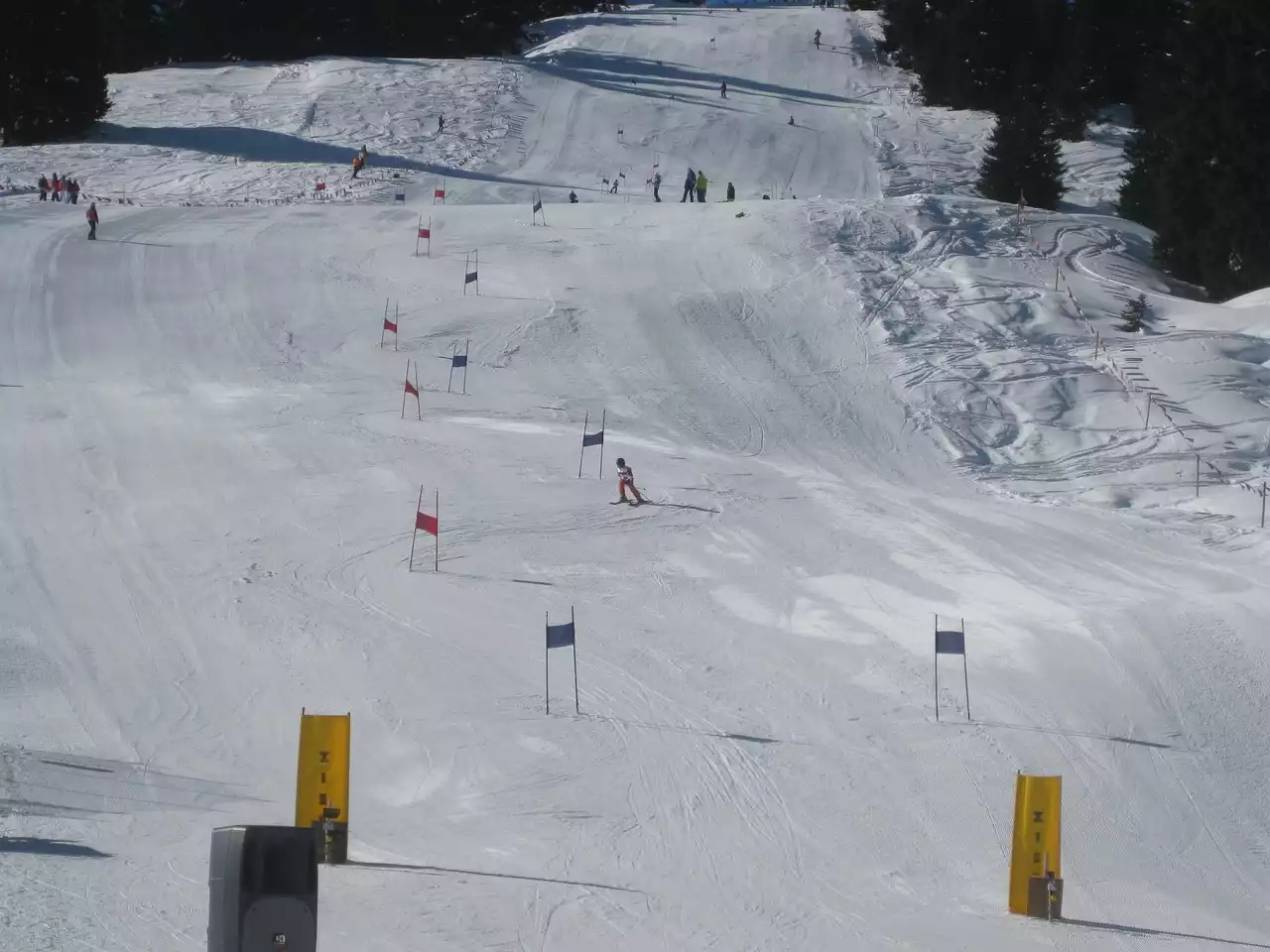
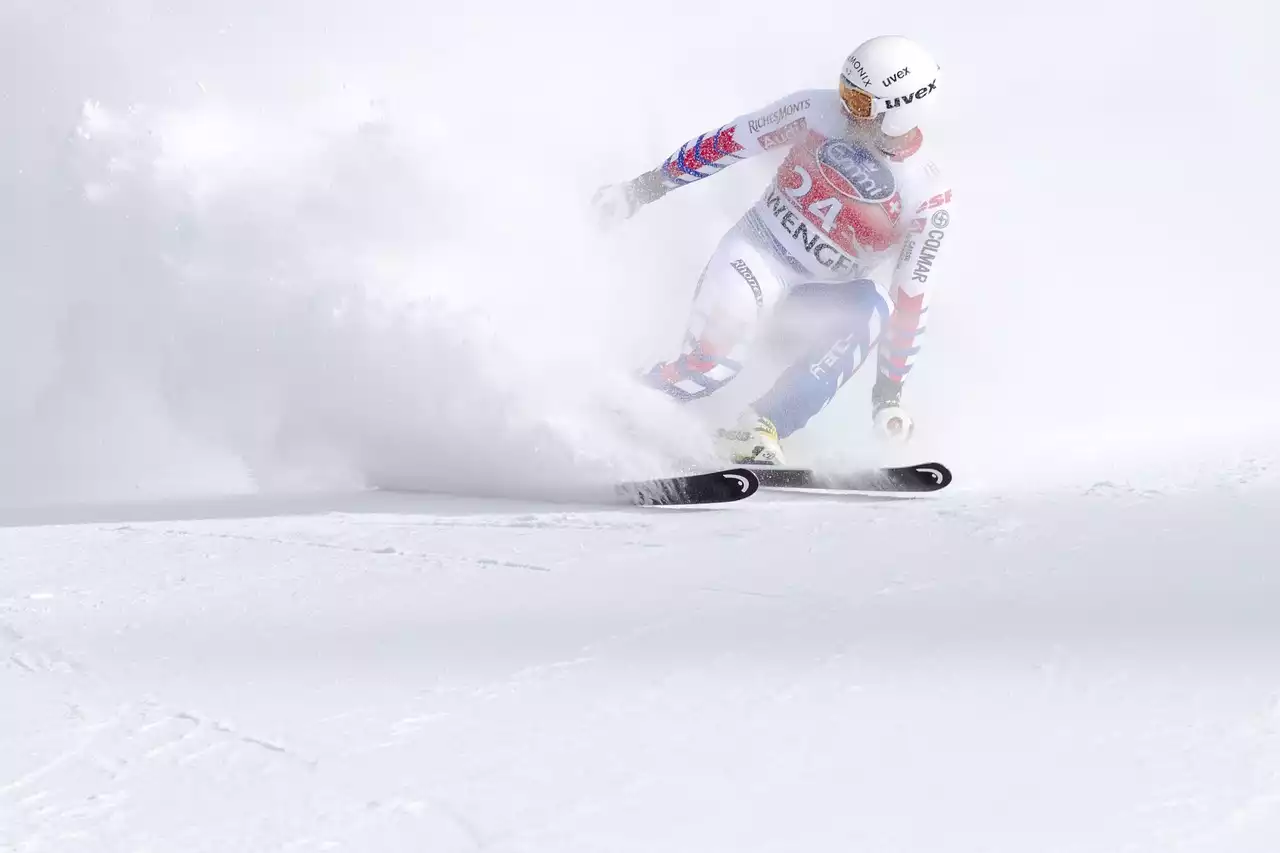
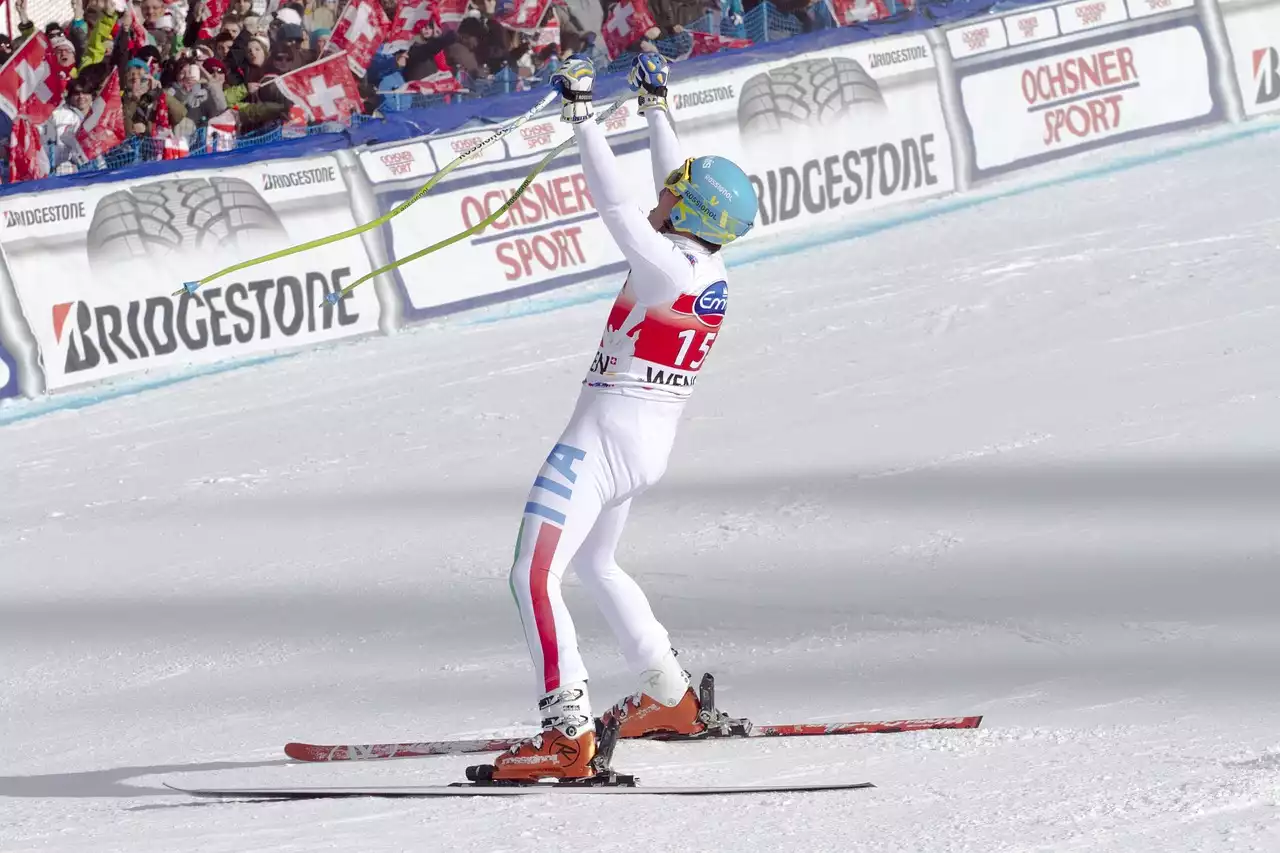
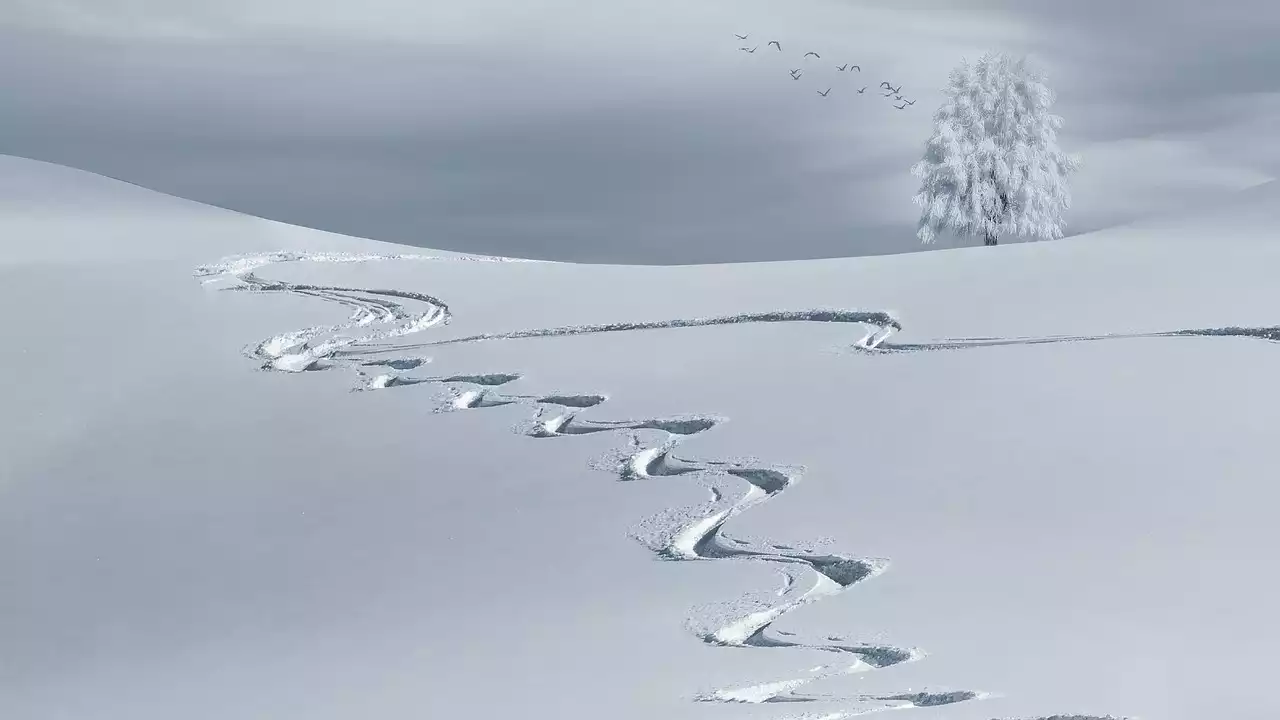

.png?size=50)

